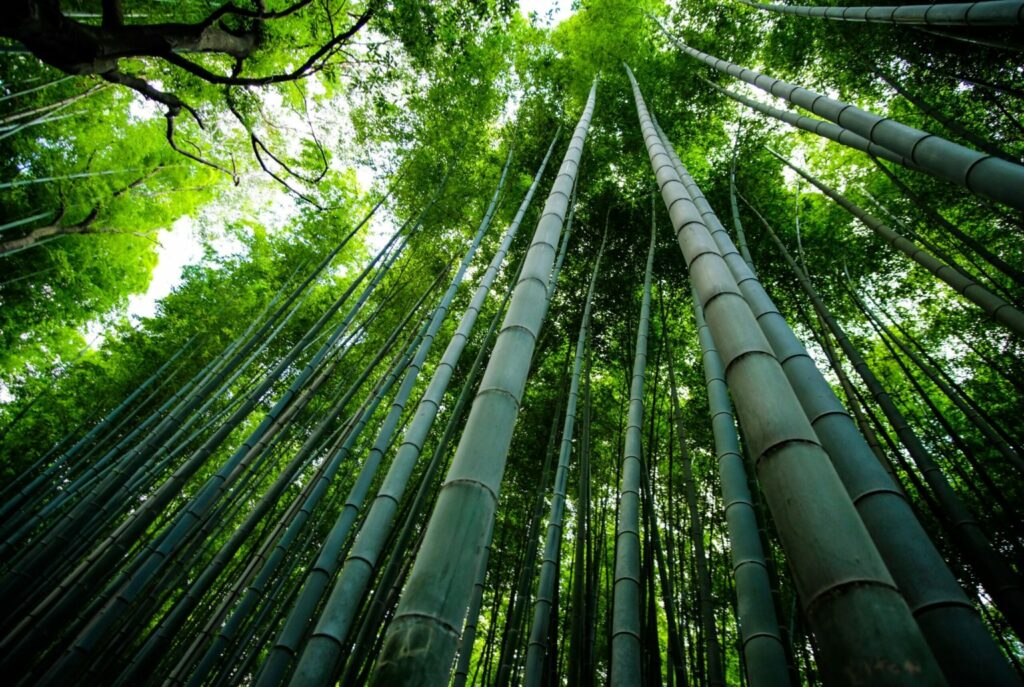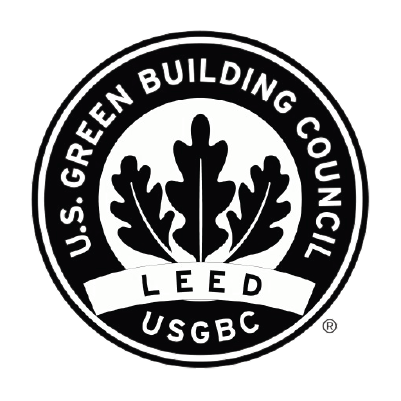BambWho?
What Is Bamboo?
Bamboo is part of the grass family and is an evergreen perennial flowering plant. It has a green outer cylindrical layer with a hollow stem. The outer part of bamboo is known as a culm and the ringed part on the stem is called a node. Bamboo has the ability to regenerate, meaning that it will continue to grow from the root after it has been harvested. Bamboo is one of the fastest growing plants in the world, with one species reaching a record 91cm in just 24 hours!


How And Where Does Bamboo Grow?
Bamboo grows predominantly in South and South-East Asia. Bamboo can grow up to 20-25 meters tall. It grows very quickly and can reach maturity in around 4 to 5 years. It continually reproduces by sending culms of bamboo from its underground stem (called a rhizome). Bamboo does flower but the process is very sporadic and it only happens every 40-50 years depending on the species. The flowers produce seeds which fall to the ground and germinate very quickly to create new bamboo plants.
All types of bamboo have self-regenerating properties, which mean that once they have been cut down during a harvest they will just grow again from the root, which eliminates the need for the re-planting of new crops. The rapid growth and clever regenerating properties of bamboo are making it a popular alternative to hardwood as a material for flooring, furniture and utensils. It is classed as an renewable, eco-friendly and sustainable material.
How Strong Is Bamboo?
Bamboo is an extremely strong natural material. It actually has a higher fibre rating than wood, meaning it can withstand compression better than timber and even concrete. It also has greater tensile strength (its resistance to being pulled apart) than steel.
In order to test bamboo in comparison to other flooring materials the Janka Hardness Scale is used. It is a complex test which drives a small steel ball into the wood or bamboo to a certain depth. They are then able to measure the hardness and compare it with another species of bamboo or wood. Bamboo flooring rates very high compared to types of hardwood flooring in terms of hardness
E.g. Janka hardness of Oak wood is 6 kN; whereas Strand woven bamboo is around 16 kN
What Are The Different Types Of Engineered Bamboo?
Engineered bamboo refers to bamboo-based materials that are created through a manufacturing process that combines bamboo fibers or strips with adhesive resins. There are three primary types of engineered bamboo:

Horizontal Engineered Bamboo

Vertical Engineered Bamboo






